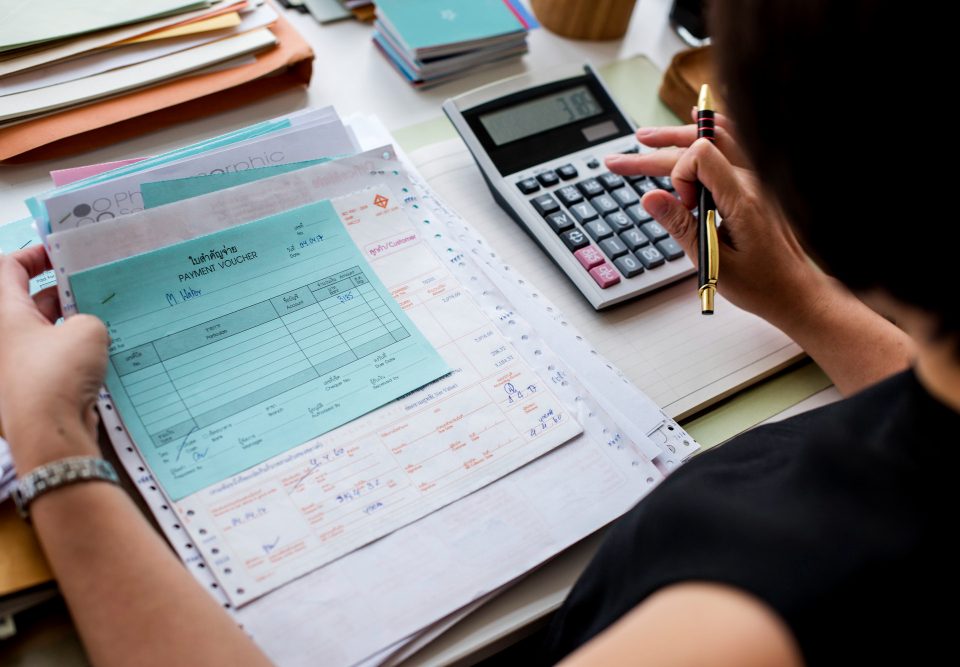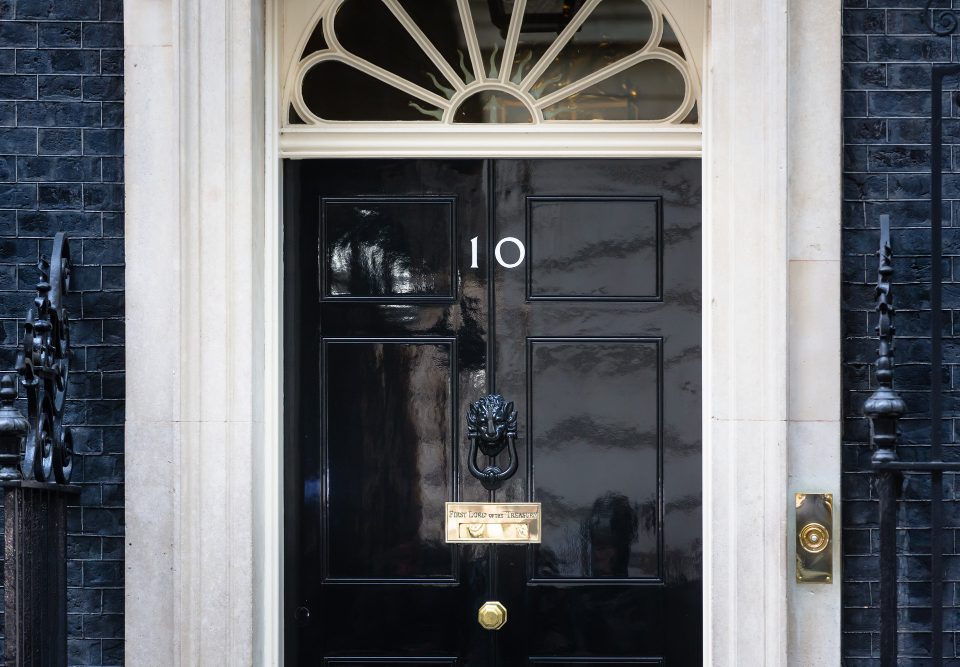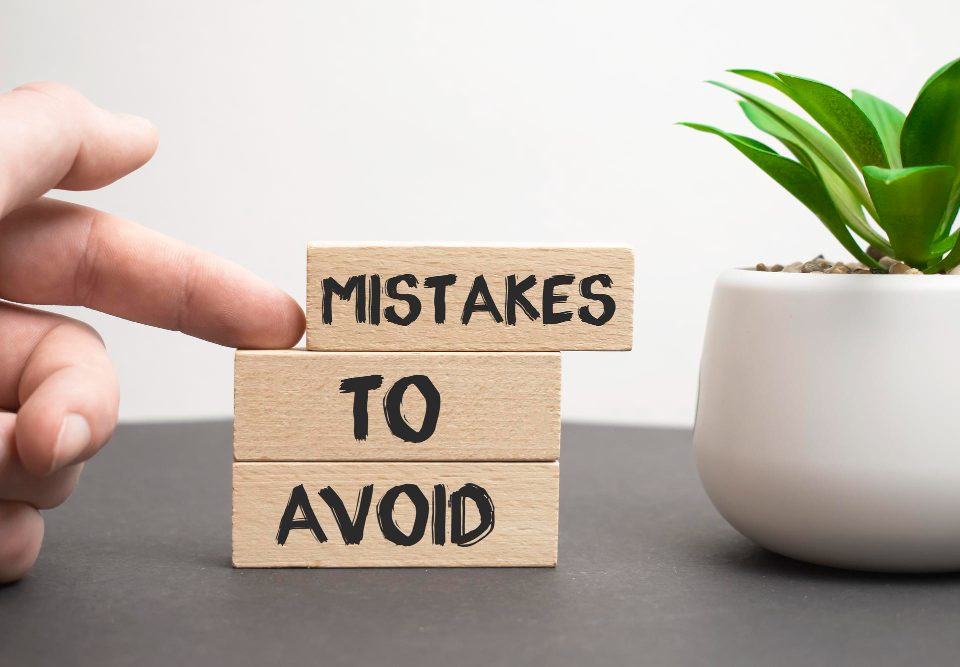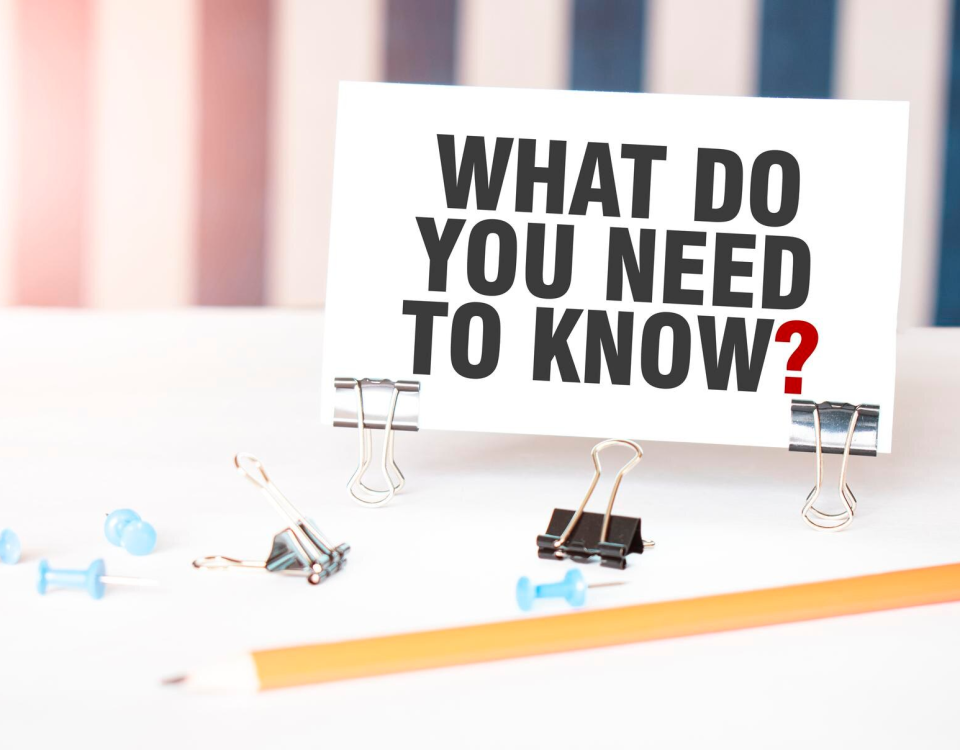Side hustles are fast becoming a growing phenomenon. From setting up Etsy shops or becoming an online tutor to fast food delivery driving or Airbnb hosting, the list of side hustle ideas goes on and on!
While it can be a fantastic way to supplement income, it’s also essential to understand how and when to pay tax on your side gig so that you don’t get into any trouble with HMRC. Many people don’t realise that owning a successful side hustle with a certain income earning comes with responsibilities such as completing a Self-assessment tax return (SATR) and adhering to tax deadlines.
To avoid missing important deadlines, fines, interest, and a whole lot of other avoidable stress, we’ve put together this complete guide to key tax dates that every side hustler should know about!
Do I need to pay tax on my side hustle?
Let’s start with the basics.
The good news is that if your total income from your side hustle is less than £1,000 in a tax year, you don’t need to worry about informing HMRC or paying tax! This is because everyone is eligible for £1,000 tax-free income – this is called the trading allowance.
Want to find out more about the trading allowance and how it affects your taxes? Check out our recent blog here .
For those earning over £1,000 gross income – that’s income before expenses and deductions are taken off – you’ll need to make sure you do the following:
- Register for self-assessment
- File a tax return
- Pay any tax and National Insurance you owe
Remember – the above applies to all individuals who run side hustles, regardless of what the side hustles are. So whether it’s Vinted tax, eBay tax, Airbnb tax, or other, make sure you’re registered on HMRC’s website if your income exceeds the threshold.
Key dates for side hustles
Now we’ve established when tax is due, let’s break down the calendar. Here’s a list of key dates for side hustle tax UK for 2025/26.
5th October 2025 – register for self-assessment
Did you earn over £1,000 from your side hustle in the previous tax year (6th April 2024 – 5th April 2025)? If so, you’ll need to make sure you register for self-assessment by the registration deadline on October 5th 2025.
This is essentially so HMRC can recognise you as self-employed and know to expect a tax return from you. Even if you’re in traditional employment and have taxes deducted as part of your PAYE, having a side hustle means you qualify as being self-employed too.
31st October 2025 – paper tax return deadline
If you’ve chosen to file your tax return by paper, you’ll need to fill in your paperwork and send it off by post so that it arrives at HMRC by 31st October 2025. If you opt for a paper return, make sure you send your SATR well before the deadline to account for any potential delays in postage!
31st January 2026 – online tax return & payment deadline
Most self-employed individuals and side hustlers opt to file their SATR online for a quicker and easier process. By midnight on January 31st you need to have:
- Filed your SATR for the previous tax year
- Paid any taxes owed
- Paid your first Payment on Account (if applicable)
Remember: if you filed a paper tax return, you still need to make a note of this deadline as this is when your tax payment is due.
If you miss the deadline, you’ll be met with a £100 late filing penalty, plus interest and further fines.
31st July 2026 – Second Payment on Account
If your tax bill is more than £1,000 and less than 80% of your tax was collected through PAYE, you’ll usually be asked to make Payments on Accounts which are advance payments toward the current tax year.
The second installment is due by 31 July 2026 and the first would have been paid on 31 January.
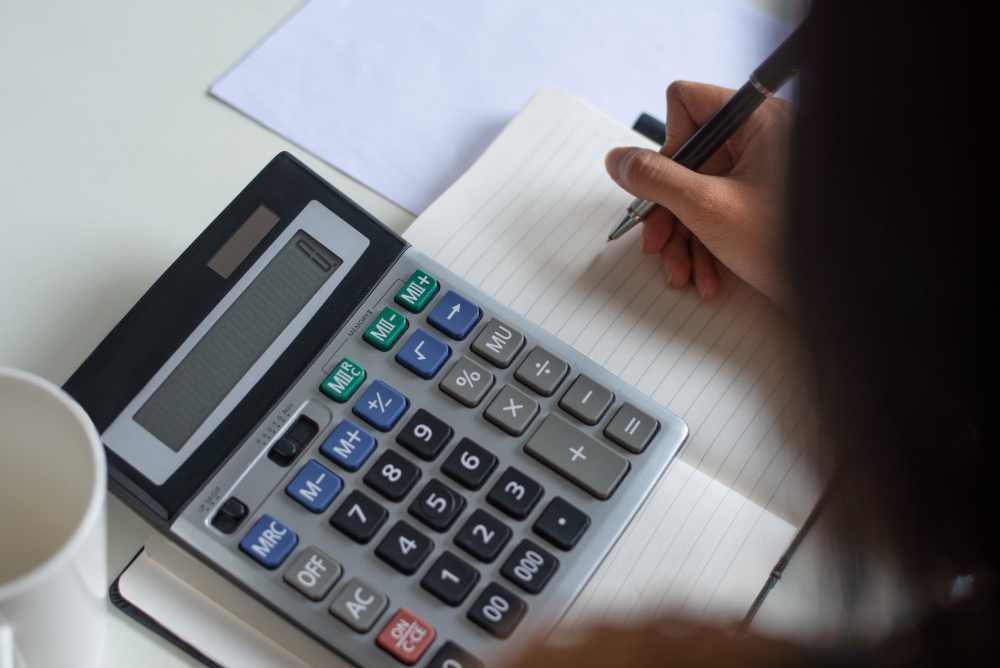
What should you track throughout the year?
In order to stay on top of your side hustle tax, it’s crucial you keep proper records from day one. Here’s a few examples of the kind of things you could be tracking:
Income
- Sales & receipts (from Etsy, eBay, etc)
- Payments & invoices (from clients, online selling platforms, etc)
- Affiliate & ad revenue (YouTube, blogs, etc)
Expenses
Claiming allowable expenses is a great way to reduce your tax bill but you need to make sure you’re only claiming for the portion of your bills directly related to work. For example, if you use the same phone for work and personal purposes, make sure you only claim for your work calls.
- Equipment & tools
- Software subscriptions
- Website hosting & domains
- Phone bills & internet
- Travel costs
If you find keeping receipts a struggle, it may be useful to invest in some software that will help you keep organised and on track.
How much side hustle tax will I pay?
Here’s a breakdown of how much income tax you can expect to pay based on your earnings. You’ll either be taxed at:
Basic rate – taxed at 20%, for earnings up to £50,270
Higher rate – taxed at 40%, for earnings between £50,270 and £125,140
Additional rate – taxed at 45%, for earnings over £125,140
Side hustle tax tips
- Separate your business finances: Use a separate bank account to track side hustle income
- Use the £1,000 trading allowance wisely: If expenses are minimal, claim the allowance instead of actual costs
- Claim everything you’re entitled to: Don’t forget home office, mileage, or marketing expenses
- Budget for your tax bill: You could always set aside a small percentage of your profits each month to go towards your tax bill
- Check if you need to register for VAT: Only if your side hustle makes over £90,000 in turnover
Final thoughts
Running a side hustle can be extremely empowering but managing the tax side of things can also get quite intense! With this guide to key tax dates, you’ll now have a solid reminder to help you stay on top of your side hustle tax and avoid any last-minute panic.
Get in touch
Want more help? Get in touch with us today and we’ll answer any questions you have!






